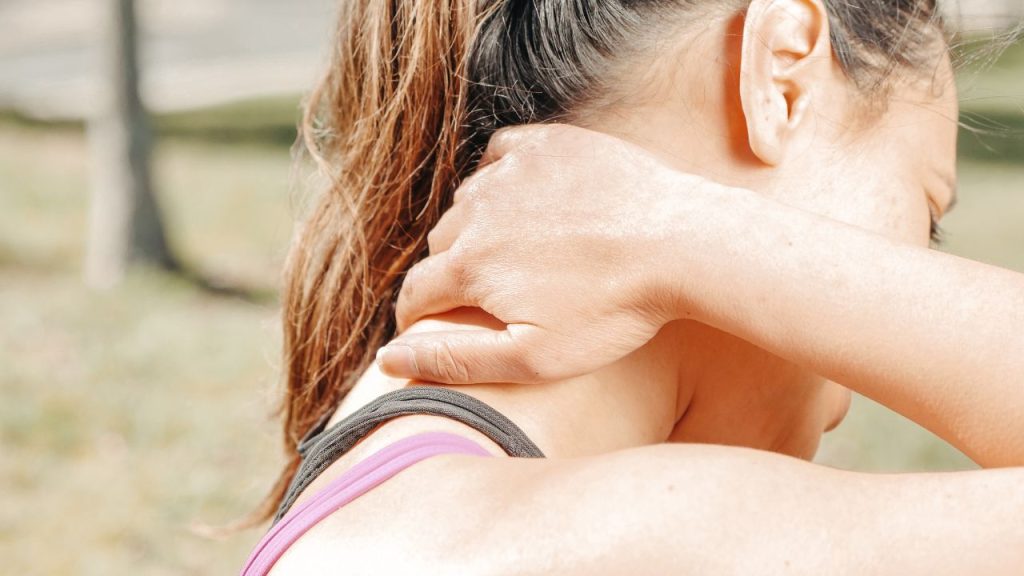Have you ever experienced a painful sensation when touching your scalp, specifically in an area where your hair seems to defy gravity? That might be your cowlick, and it could be causing you more trouble than just an unruly hairstyle.
Cowlicks are caused by a natural whorl or spiral pattern in the growth of hair follicles on the scalp. These growth patterns are determined by genetics and are often located in the crown or front hairline areas. Although cowlicks are relatively common, they can sometimes cause discomfort, especially if they are located in areas where hair is frequently pulled or brushed.
Here are a few reasons why your cowlick might be causing you pain:
- Tension headaches
If your cowlick is located in an area where you frequently wear a tight hairstyle such as a ponytail, bun, or braids, it can cause tension headaches. Tight hairstyles can pull on the hair follicles, causing discomfort and even headaches that can radiate to the neck and shoulders.
If you are experiencing tension headaches due to your cowlick, consider wearing looser hairstyles that don’t pull on your hair, or try using a looser hair tie. You can also try massaging your scalp regularly to relieve tension.
- Ingrown hairs
Ingrown hairs are a common problem for people with cowlicks. When a hair follicle becomes trapped under the skin, it can cause redness, inflammation, and pain. This is especially common in areas where hair is frequently shaved or waxed, such as the back of the neck or around the ears.
To prevent ingrown hairs, avoid shaving or waxing your cowlick area too frequently. If you do need to remove hair, make sure to use a clean and sharp razor or wax strip. You can also try using an exfoliating scrub to remove dead skin cells and reduce the likelihood of ingrown hairs.
- Scalp sensitivity
Some people have more sensitive scalps than others, and cowlicks can exacerbate this sensitivity. The whorl pattern of a cowlick can make the hair in that area stand up straighter than the surrounding hair, which can cause friction and irritation.
To reduce scalp sensitivity, try using a gentle shampoo and conditioner that are free of harsh chemicals and fragrances. You can also try using a scalp serum or oil to soothe and moisturize the scalp.
- Trichodynia
Trichodynia is a condition that causes scalp pain and tenderness. It can be caused by a variety of factors, including stress, hormonal imbalances, and scalp infections. In some cases, cowlicks can contribute to trichodynia by causing scalp tension and irritation.
If you are experiencing trichodynia, it’s important to see a dermatologist or hair specialist to determine the underlying cause. Treatment may include medication, lifestyle changes, or scalp massages.
- Dermatitis
Dermatitis is a general term for a variety of skin conditions that cause redness, itching, and inflammation. It can be caused by allergies, irritants, or genetic factors. Cowlicks can contribute to dermatitis by trapping sweat and bacteria on the scalp, which can lead to infection and irritation.
To prevent dermatitis, try washing your hair and scalp regularly with a gentle shampoo. Avoid using hot water or harsh chemicals that can strip the scalp of its natural oils. You can also try using a scalp treatment that contains anti-inflammatory ingredients like tea tree oil or aloe vera.
Here are a few tips to help you care for your cowlick:
- Use a gentle hairbrush or comb
Avoid using a hairbrush or comb that is too harsh or pulls on your hair. Opt for a gentle brush or comb with wide teeth to avoid damaging your hair or scalp.
- Avoid tight hairstyles
As mentioned earlier, tight hairstyles can cause tension headaches and scalp discomfort. Try wearing looser hairstyles like loose buns or braids that don’t pull on your hair.
- Massage your scalp
Regular scalp massages can help increase blood flow and reduce tension. Gently massage your scalp using your fingertips in circular motions for a few minutes each day.
- Keep your scalp clean
Wash your hair and scalp regularly with a gentle shampoo and avoid using hot water or harsh chemicals that can strip your scalp of its natural oils.
- Seek professional help
If your cowlick is causing you significant pain or discomfort, seek help from a dermatologist or hair specialist who can offer advice and treatment options.
In conclusion, while cowlicks are a common occurrence, they can sometimes cause discomfort and pain. By adopting a gentle hair care routine and taking good care of your scalp, you can help prevent and manage issues like tension headaches, ingrown hairs, scalp sensitivity, trichodynia, and dermatitis. Remember to be gentle with your hair and scalp, and seek professional help if needed.

